In honor of International Women’s Day, we look at some of the world’s leading female conservationists.
We’re celebrating this International Women’s Day by highlighting some of our favorite female conservationists. Protecting endangered species, fighting for the rights of others, rehabilitating orphaned wildlife, and managing enormous biodiverse tracts of land—it’s all in a day’s work for these remarkable women.
Kris Tompkins: president and co-founder of the Tompkins Conservation, Chile and Argentina

Kris Tomkins is one of the most important conservationists currently working in South America. Image courtesy of the Tompkins Conservation.
An icon of South American conservation, Kris Tompkins has helped to create, expand, and rewild 15 national parks in South America through her US-based foundation Tompkins Conservation. Some of the biggest successes of Tompkins Conservation and its offspring organizations Rewilding Argentina and Rewilding Chile include the reintroduction of jaguar in the Iberá Park of Northeastern Argentina, the reintroduction of giant anteaters, ocelots, and river otters, work to save the highly endangered huemul deer and the dramatic expansion of Chile’s national park network by seven new parks. The former CEO of clothing brand Patagonia, Tompkins left the corporate world in 1993 to pursue conservation alongside her husband, Douglas Tompkins, founder of the North Face, who died tragically in a kayaking accident in 2015. Her story has been the focus of a recent National Geographic documentary, Wild Life, by Oscar-winning filmmakers Jimmy Chin and Chai Vasarhelyi.
Laurie Marker: Zoologist, researcher and author, Cheetah Conservation Fund, Namibia

Not long ago, the cheetah’s future in Namibia was threatened dangerously. During the 1980s, farmers slaughtered the cats in their thousands, decimating the population by half. Laurie Marker, a scientist and conservation biologist from the USA, discovered the issue on a research trip to Namibia (then South West Africa) in the late ’80s and decided to take action. In 1990, she founded the Cheetah Conservation Fund (CCF), a pioneering conservation organization dedicated to preserving this fascinating but much-misunderstood species. Since then, Dr. Marker has established CCF as a beacon of cheetah conservation, helping to protect the species in Namibia and worldwide. To date, it is the longest-running and most successful cheetah conservation project in the world, making her one of the most prolific female conservationists in Africa.
The Black Mambas: All-female anti-poaching unit, South Africa
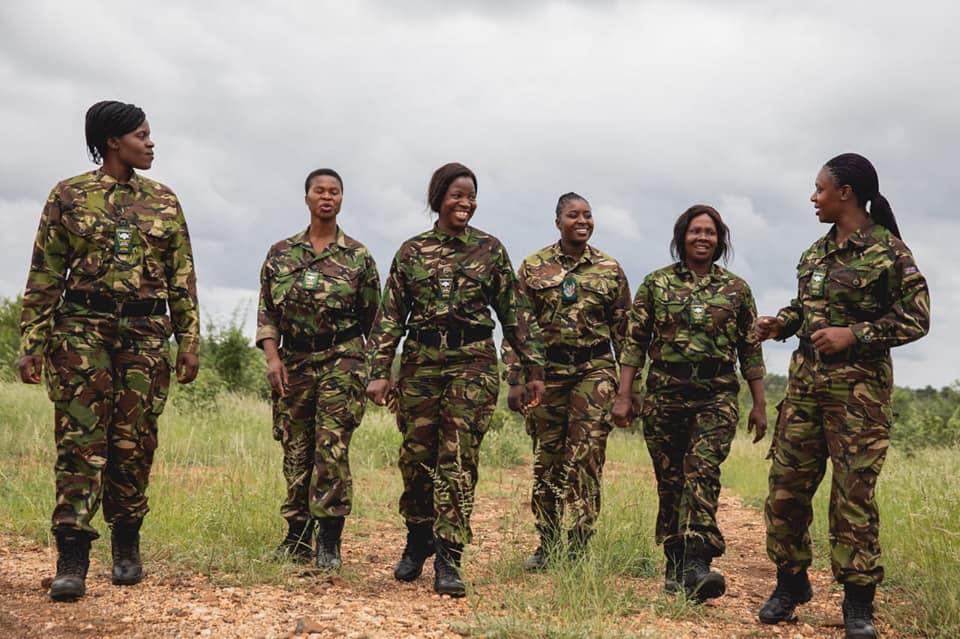
The Black Mambas, the world’s first all-female anti-poaching unit, have protected rhinos in South Africa’s Olifants West Nature Reserve for over a decade. In total, 36 brave women patrol almost 20,000 acres of protected land, checking perimeter fences, recovering wire snare traps, and reporting signs of poaching to the authorities. Their remarkable efforts have led to a significant decrease in rhino poaching in what was one of the most affected areas in Africa. In addition to their practical anti-poaching work, the Mambas serve as role models in their communities. Through the Black Mamba’s educational program, Bush Babies, the next generation of South Africans can see the benefits and importance of conservation firsthand.
Cynthia Moss: Director of the Amboseli Trust for Elephants, Kenya

She has dedicated her life to elephants. For over 40 years, she’s lived with them, studied them, and fought to protect them across Southern and East Africa. In 2001, Cynthia Moss set up the Amboseli Trust for Elephants (ATE) in Kenya to help further her research and conservation of this magnificent species. However, her conservation work in Africa has been ongoing since the 70s. The ATE tracks and monitors over 3500 elephants across an area of 8,000 km2. In 2015, Moss launched the Elatia Project, a rare opportunity to see into the lives of wild elephants. Subscribers of the project can track one of six family groups, receiving regular updates about their daily lives, curiosity, and progress in Amboseli. Alongside her conservation work, this female conservationist is a celebrated writer and documentary maker. Her works include “Echo of the Elephants” and “Little Big Ears.”
Angela Maldonado: Primatologist, Colombia

Angela Maldonado is a leading light in the fight against the Amazon’s illegal animal trade. Her work in her native Colombia and Peru has led to a significant reduction in the trafficking of night monkeys—a species often captured and sold for laboratory experiments—with hunting bans now in place and an ongoing investigation into the illegal trade of the animals. Maldonado is also the director and founder of Fundación Entropika, a conservation NGO based in Leticia, Colombia, and a vocal human rights activist who teaches high school children how to stand up against corruption and injustice in their local communities. In 2022, she received the National Geographic Buffet Award for Leadership in Conservation in Latin America.
Dr. Gladys Kalema-Zikusoka: Wildlife Veterinarian and Founder of Conservation Through Public Health, Uganda

When Dr. Gladys Kalema-Zikusoka first began working with gorillas, there were no women in Uganda’s conservation sector. Now, there are female rangers, porters, and trackers. The change has taken time, but slowly, more women have found their way into the field. As the first wildlife vet in Uganda (she started the role in 1996, working with the Uganda Wildlife Authority), Dr. Kalema-Zikusoka helped blaze that trail. Known as “The Gorilla Doctor,” she has spent much of her career caring for majestic mountain gorillas in Bwindi Impenetrable Forest National Park. Part of her approach to conservation is educating local people and teaching them to care for themselves and Uganda’s mountain gorilla population through her NGO, Conservation Through Public Health (CTPH). Dr. Kalema-Zikusoka recently released a fascinating memoir, “Walking with Gorillas: The Journey of an African Wildlife Vet”, which tells the story of her remarkable career in Uganda’s conservation sector.
Bárbara Saavedra: Director of Wildlife Conservation Society in Chile
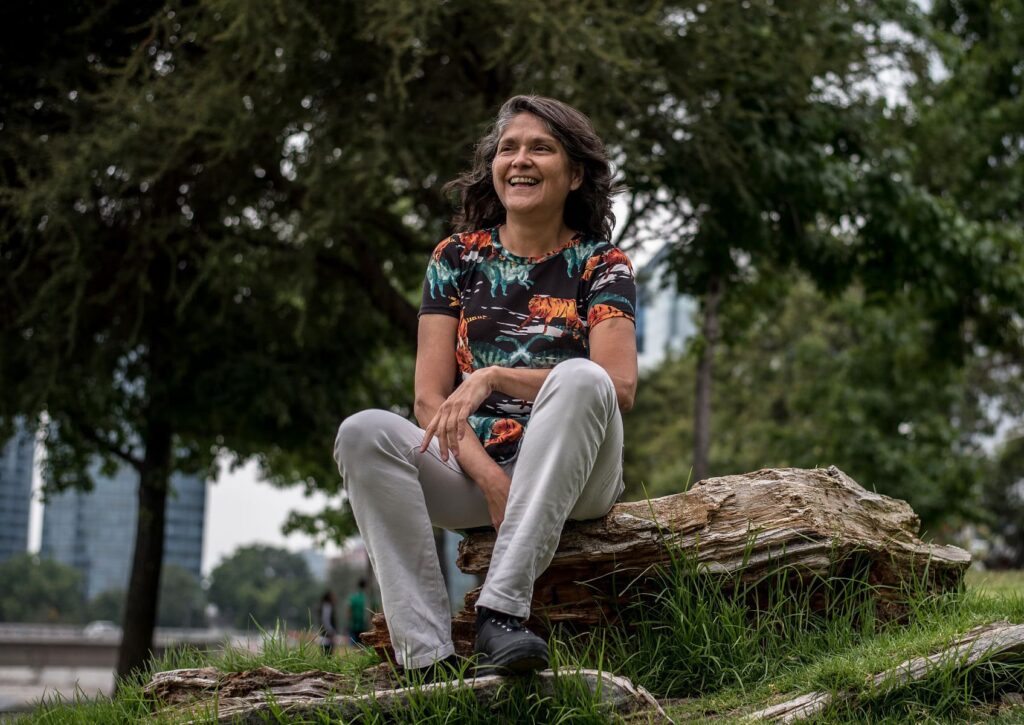
Since 2005, Bárbara Saavedra has led the Wildlife Conservation Society’s efforts in Chile. A doctor and ecologist, she oversees the management of the Karukinka Natural Park, a remote, biodiverse section of the Isla Grande de Tierra del Fuego, which is home to diverse species such as the Andean condor, Magellanic woodpecker, culpeo fox, and the southern elephant seal. The Wildlife Conservation Society is a worldwide organization responsible for habitat conservation for 50 per cent of the world’s biodiversity and has helped create 350 protected areas around the globe. Dr Saavedra is also an advisor to Chile’s National Council for Innovation and Development and a member of the Ecological Society of Chile, a group of scientists dedicated to researching Chile’s wild places.
Petronel Nieuwoudt: Founder and CEO of Care for Wild Rhino Sanctuary, South Africa
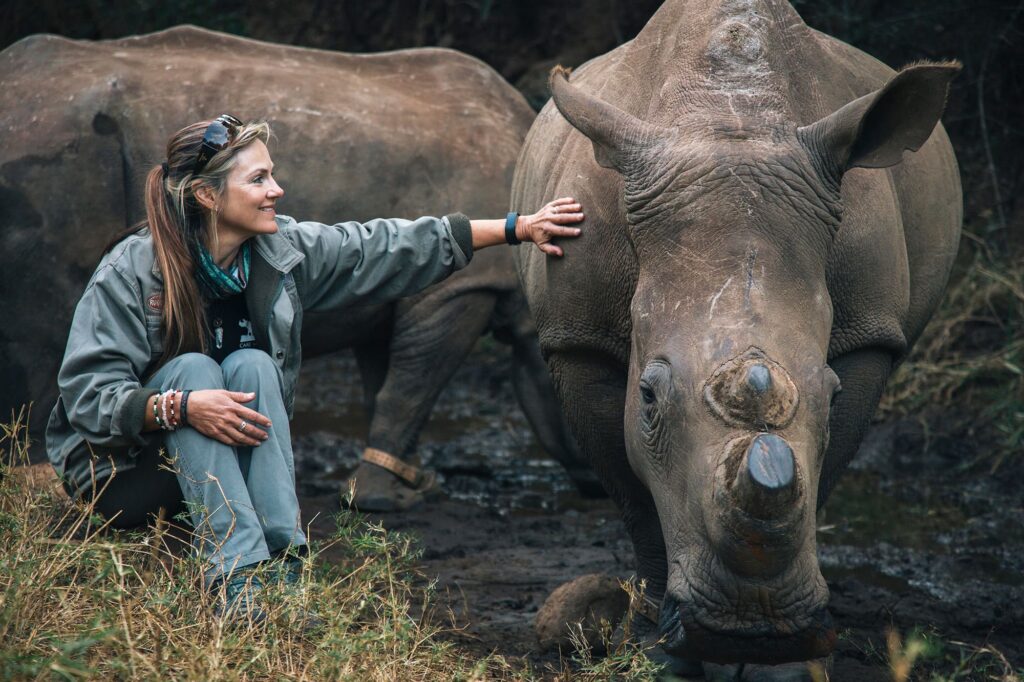
Petronel Nieuwoudt knew from a young age that she’d end up in conservation. She describes her love for all things wild and natural as “a calling,” which would eventually lead her to found Care For Wild, a not-for-profit dedicated to the rescue, rehabilitation, and rewilding of rhino in South Africa. Using her 20-year-plus of experience in the field, Petronel and her team provide round-the-clock care for orphaned white rhino. Today, the Care for Wild Rhino Sanctuary is the largest in the world, and it has successfully released several rehabilitated rhinos back into the wild. Petronel is currently working on expanding Care for Wild’s protected area. This move would help with rhino survival and other endangered species in the Barberton Nature Reserve, where the sanctuary is located.
Some of our favorite itineraries
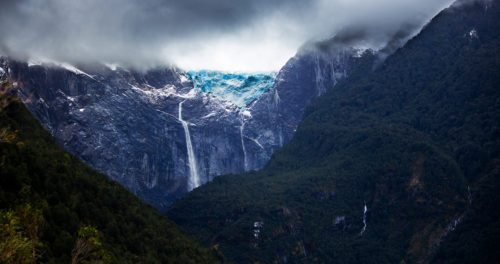
- Itinerary
Chile Tour: Patagonia Explorer
Remote and Rugged Patagonia Adventure

- Itinerary
Namibia by Road: A Desert Safari
Desert Landscapes and Abundant Wildlife
Keep reading about travelling
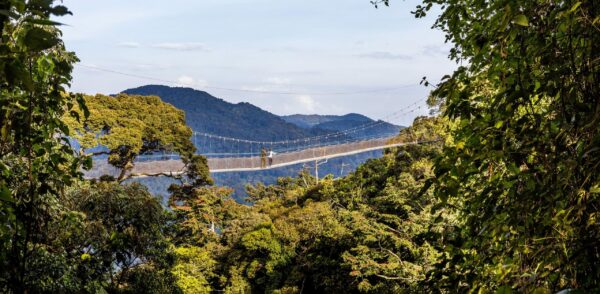
How to travel responsibly in 2024
As we begin a new year, we reflect on the environment and what we can do to limit our…
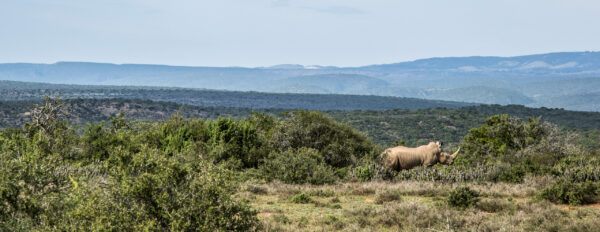
Conservation Travel in Africa: Six Destinations
Gone are the days of traveling without consideration for the impact you’ll have on…
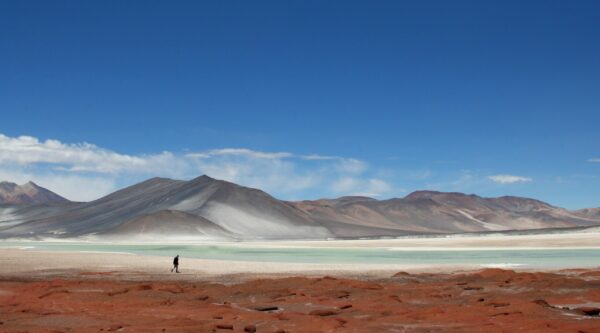
10 Mindful Vacations You Should Take This Year
In years passed, mindful travel may have been viewed as an act of self-indulgence. Today,…
Plan your Trip
Ready to start planning your own incredible adventure? We make the process stress-free and enjoyable.
